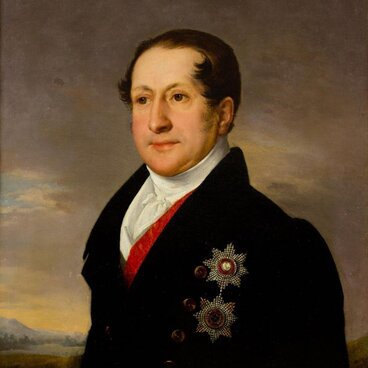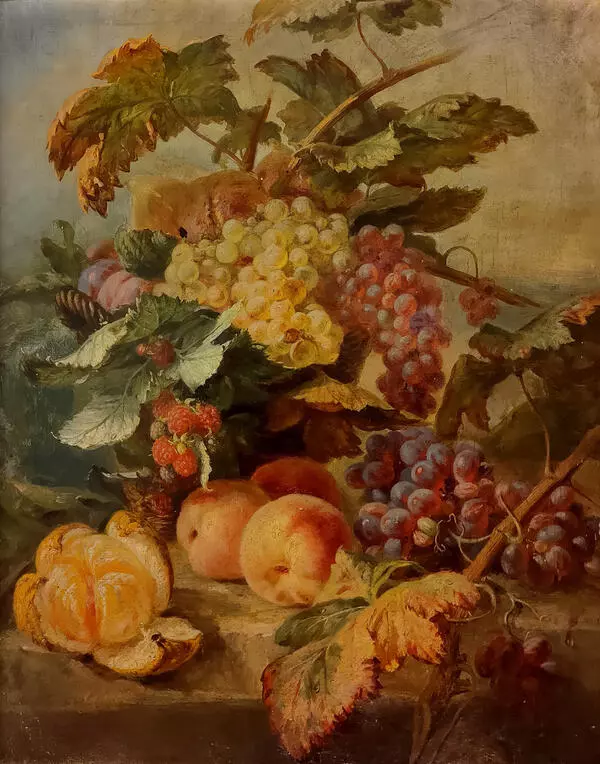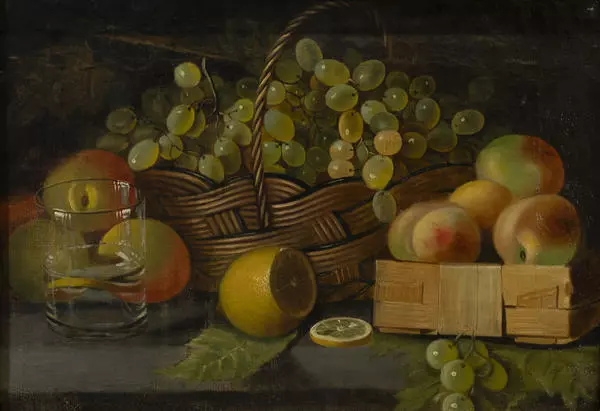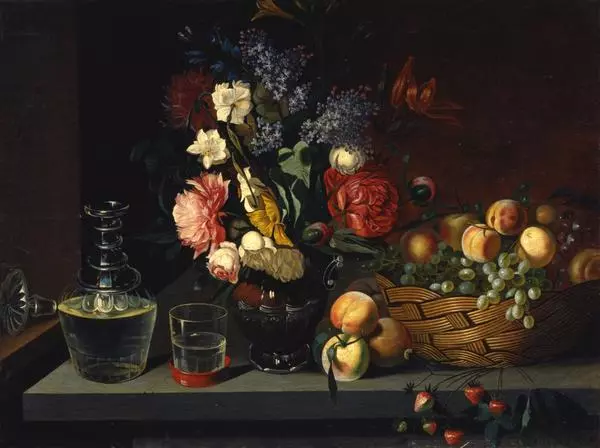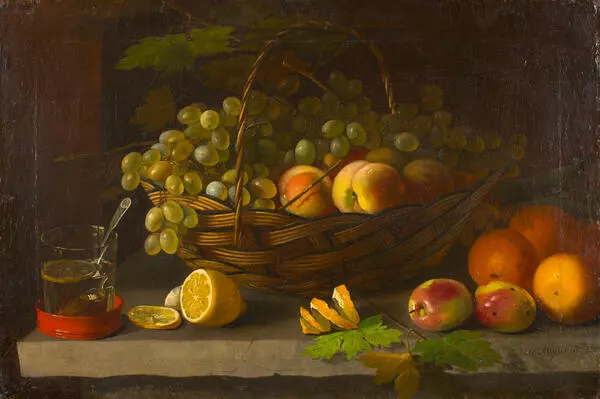The collection of the Sevastopol Art Museum named after Mikhail Pavlovich Kroshitsky features a still life by Ivan Fomich Khrutsky, a Belarusian and Russian artist and Academician of the Imperial Academy of Arts.
Ivan Fomich Khrutsky (1810–1885) was born into the family of a Greek Catholic priest. At the age of 17, he came from the Vitebsk region to St. Petersburg where he attended the Academy of Arts at first as a non-matriculated student and later as a full-time one. Among Khrutsky’s teachers were such masters as Alexander Grigoryevich Varnek, Karl Pavlovich Bryullov, and Fyodor Antonovich Bruni. In 1836, the Board of the Academy of Arts praised the painter’s talent; for his work, Khrutsky was awarded a grand silver medal and later received the title of free artist. After the death of his father in 1840, Ivan Khrutsky left St. Petersburg and bought the Zakharnichi estate near Polotsk. The painter left the estate rarely and even then, only to fulfill commissions of the Lithuanian Metropolitan Joseph Semashko — painting iconostases for churches in Vilna and Kovno, as well as creating portraits of clergymen. Unfortunately, biographical data about the artist are very scarce and inconsistent.
The first dated studies of the artist appeared in
1832 — “Still Life with a Vase” and “Still Life with a Bird”. At first,
Khrutsky painted simple works made up of just a few objects, gradually moving
to painting increasingly large paintings with complex compositions, combining
various flowers, vegetables, and fruits. The works of Ivan Fomich Khrutsky were
quite popular in the 1840s–1850s. First of all, his name is associated with the
return of the viewer’s interest in still life: the artist did not treat it as a
genre of “lower order”, nor consider it a study. He created vivid examples of
academic still life painting — statement paintings. Among characteristic
examples is “Still Life” of 1852, displayed in the exhibition of the Sevastopol
Museum. Khrutsky composed and painted fruits, vegetables, wicker baskets, and
birch bark baskets like a historical painting: he observed a clear three-plane
construction of space, achieved a general balance of masses with some theatrics
in the arrangement of objects, and symmetry in contrasts. All this was combined
with a thorough elaboration of details and careful study of the texture of
items.


